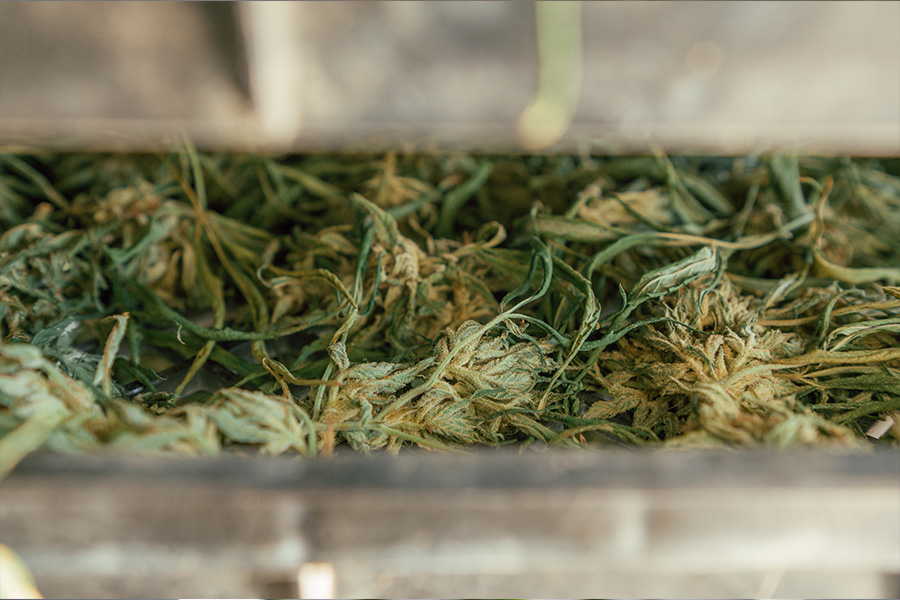As a cannabis farmer, the process of drying your crop is crucial to ensure the best possible end product. Proper cannabis drying techniques can improve the flavor, potency, and overall quality of your cannabis buds. In this guide, we will walk you through the important stages and considerations involved in drying cannabis on the farm.
The Initial Sweat: Striking the Right Balance
Once your cannabis plants are harvested, it’s time to move them into a designated drying space. The first phase of drying, known as the Initial Sweat, focuses on removing “free water” from the buds that is not chemically bound. Striking the right balance is key here, as you want to dry the cannabis buds quickly enough to prevent mold formation but also maintain low temperatures to preserve quality.
If you’re working with small lots of premium-grade cannabis, the “slow and low” method is recommended. Aim for a drying temperature of around 60 degrees Fahrenheit and a humidity level of 60%. This combination helps preserve the flavor and potency of your final product.
The Equalization Phase: Eliminating Remaining Moisture
After the initial sweat, the equalization phase begins. During this stage, the remaining moisture inside the cannabis flowers and stems is further reduced. The ideal temperature range for the equalization phase is between 60 and 68 degrees Fahrenheit, with humidity levels between 53% and 60%. The length of this phase will depend on various factors such as the amount of material, presence of stems, thickness of the buds, and ambient cannabis drying humidity.
Equipment and Setup for Optimal Cannabis Drying
To ensure successful drying, it’s essential to have the right equipment and setup. Consider using two 506PPD dehumidifiers, V flow fans with a total capacity of 15,500 CFM, and a 3-ton condenser per 10,000 chamber capacity. This equipment will help maintain the proper humidity and airflow in the drying space, ensuring an efficient drying process.
Determining Cannabis Drying Completion: Beyond Water Activity Measurements
To determine when your crop is done drying, it’s important to consider both water activity measurements and physical assessments. A water activity meter is a valuable tool for monitoring the chemically bound water in stems and flowers.
Readings below 0.65 indicate that the material is shelf-stable, while higher readings indicate a risk of mold formation. However, it’s crucial to complement these measurements with physical assessments. Check if the stems snap cleanly when bent and if the cannabis flowers have a crispy exterior and slightly spongy core. This will help you ensure that your cannabis remains neither overdried nor underdried.
Climate Considerations: Adapting to Arid Conditions
In areas with naturally low ambient humidity, such as arid climates, dehumidification may not be necessary. Instead, focus on maintaining proper airflow and air circulation to ensure uniform drying. If needed, you can use humidification units to slow
